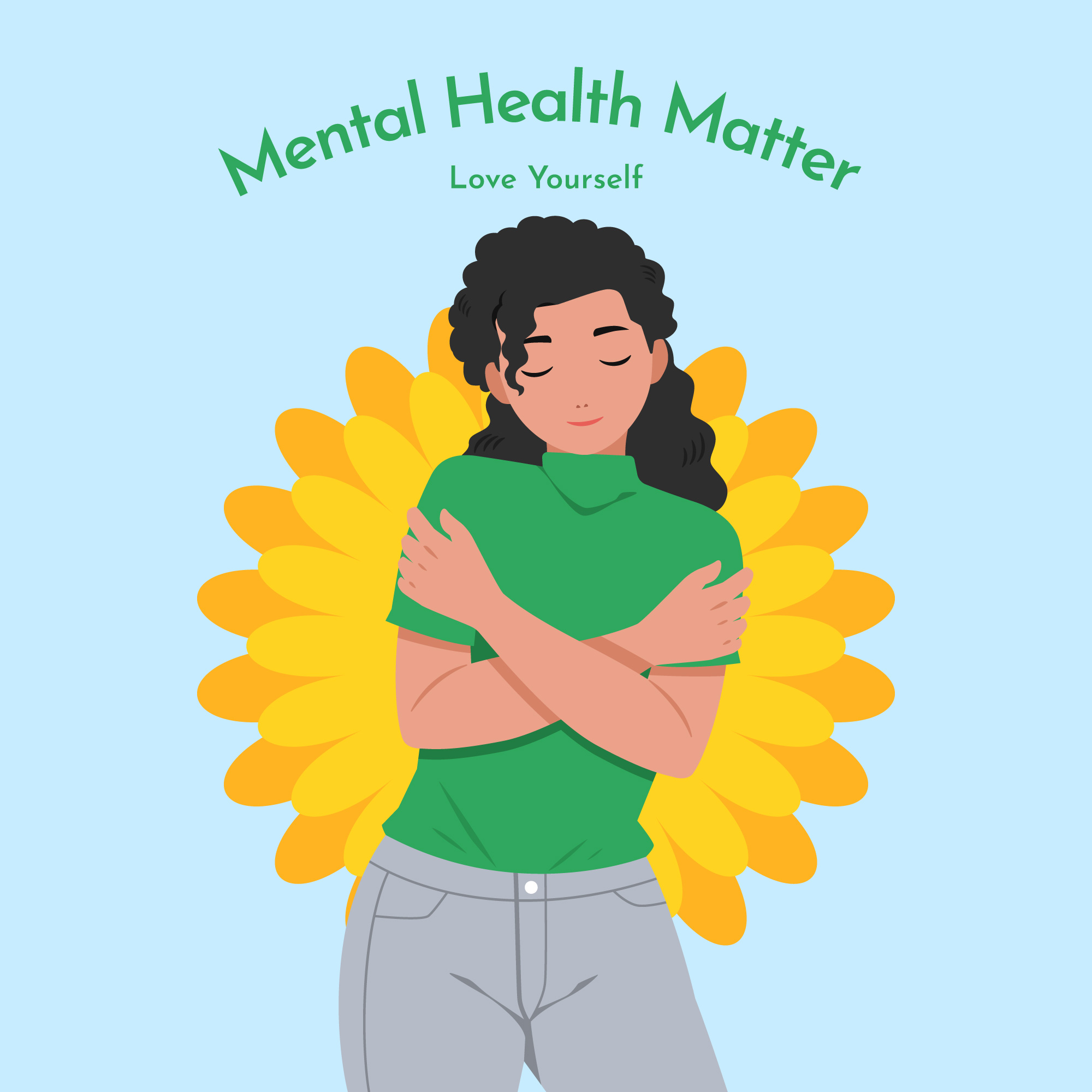
By Obed Binyanya
The Billion Voices We Don’t Hear
In every city street, school, and home, there are stories we never hear — quiet battles fought behind smiles and routine. The World Health Organization’s 2025 report reveals a staggering truth: over one billion people globally are living with a mental health disorder.
That’s one in every eight people.
And yet, mental health remains one of the least talked-about and most misunderstood public health challenges of our time.
For decades, the world has treated mental health as a side issue — a soft topic in a hard world. But the numbers now demand that we listen, act, and transform how we see mental well-being: not as a luxury, but as a human necessity.
1. The Global Picture — A Crisis Hidden in Plain Sight
According to WHO’s World Mental Health Today (2025) data:
- Over 1 billion people live with mental disorders.
- Anxiety and depression are the most common, cutting across every region, gender, and age group.
- Suicide remains a leading cause of death among young people, taking nearly 800,000 lives each year.
- Women experience higher rates of depression and anxiety, often linked to social pressures, violence, and unpaid care work.
- Men, on the other hand, are more likely to die by suicide, partly due to stigma around seeking help.
These figures paint a picture not of weakness, but of a world under silent strain. Despite living in the most connected age in human history, many feel lonelier, more anxious, and more uncertain than ever before.
2. The Cost of Inaction
Mental health disorders don’t just affect individuals — they shape families, workplaces, and economies. WHO estimates that mental health challenges cost the global economy nearly USD 1 trillion annually in lost productivity.
Yet, mental health receives less than 2% of health budgets in most countries.
This imbalance creates a vicious cycle: untreated conditions lead to economic loss, which then limits investment in treatment, leaving millions without support. The result is a global public health emergency that quietly drains lives and livelihoods alike.
3. East Africa’s Reality — Hope Amid the Struggle
In East Africa, mental health challenges mirror global trends — but resources fall dangerously short. Social stigma, limited mental health infrastructure, and low prioritization in national health budgets have left millions without access to care.
Across the region:
- There’s often less than one psychiatrist per 100,000 people.
- In rural areas, access to psychologists, counselors, or psychiatric medication is almost non-existent.
- Cultural beliefs often label mental illness as spiritual or supernatural, leading families to seek traditional healers instead of clinical care.
However, there’s also a growing wave of change. Grassroots organizations, youth networks, and NGOs are breaking the silence. From mental health awareness walks in Uganda to community therapy groups in Tanzania and peer-led initiatives in Kenya, East Africa’s youth are becoming the voice of change.
They’re turning pain into purpose — and it’s starting to make a difference.
4. Kenya’s Struggle and Resilience
Kenya reflects both the crisis and the courage of this global picture. According to the Ministry of Health and WHO data:
- 1 in 4 Kenyans experiences a mental health condition at some point in their lives.
- The country has less than 150 psychiatrists serving a population of over 50 million.
- Depression and substance use disorders are rising sharply among youth, worsened by unemployment, urban stress, and social media pressures.
- Suicide rates have increased, particularly among young men, yet many cases go unreported due to stigma and cultural silence.
Despite these challenges, Kenya is taking steps forward:
- In 2021, the Mental Health Amendment Act was passed to improve services and promote awareness.
- Initiatives such as Chiromo Hospital Group, Basic Needs Basic Rights Kenya, and youth-led groups like the Kibra Youth Network are creating safe spaces for dialogue, therapy, and creative healing.
- Social media has become a powerful platform where young Kenyans are learning to say, “It’s okay not to be okay.”
But progress is fragile. Funding remains low, trained professionals are few, and stigma still silences many who need help most.
5. Breaking the Silence — Changing How We Think
One of the biggest barriers to mental health care is stigma. Too many still see mental illness as a moral failing rather than a medical condition.
We need to change how we talk about mental health:
- From shame to support.
- From silence to solidarity.
- From isolation to inclusion.
When someone breaks an arm, we rush them to the hospital. When someone’s spirit breaks, we often tell them to “toughen up.” It’s time we treat mental health with the same urgency, care, and compassion as physical health.
6. What We Can Do — From Awareness to Action
Real change begins with small steps — and every person can make a difference:
- Start conversations: Ask your friends, colleagues, or family how they’re really doing — and listen without judgment.
- Educate yourself: Learn the signs of depression, anxiety, and trauma. Understanding saves lives.
- Support local mental health programs: Volunteer, donate, or partner with organizations doing the work on the ground.
- Advocate for policy change: Push leaders to increase funding for mental health services, especially in schools and community centers.
- Use your platforms: Whether online or offline, your voice can normalize seeking help.
Together, these actions create ripples — and those ripples can save lives.
7. The Way Forward — Healing as a Collective Act
Mental health is not just a personal issue; it’s a collective one.
When we strengthen mental well-being, we strengthen our schools, workplaces, and communities.
Imagine a Kenya — and a world — where mental health care is accessible, stigma-free, and fully integrated into our health systems. A world where children grow up knowing it’s okay to ask for help.
That vision starts with awareness. It grows through compassion. And it becomes real through collective action.
The WHO’s 2025 data is more than a report — it’s a wake-up call.
Because behind every statistic is a story.
Behind every number is a name.
And behind every silent struggle, there’s a chance to bring hope, healing, and humanity back into focus.
Conclusion: We Can’t Heal What We Don’t Face
The mental health crisis is not distant — it’s right here, woven into our daily lives. But we have the power to change the narrative.
Let’s build communities where talking about mental health isn’t brave — it’s normal. Let’s create a Kenya and a world where no one suffers in silence.
Because the truth is simple yet powerful: mental health is health.
And every step toward awareness is a step toward healing — for all of us.



